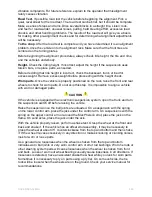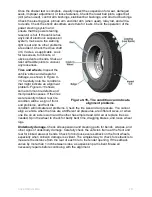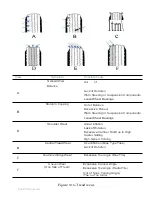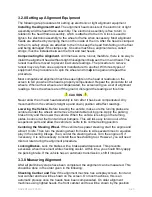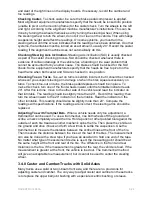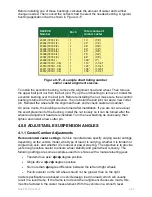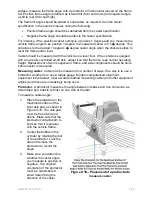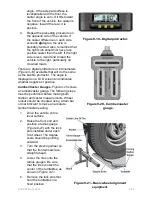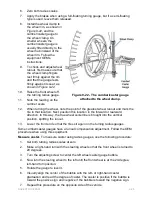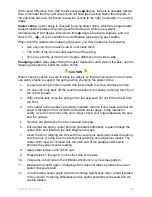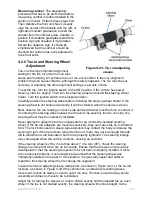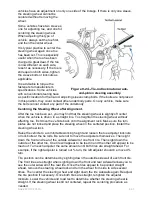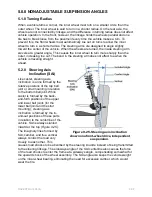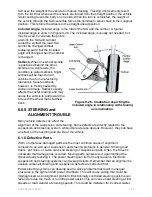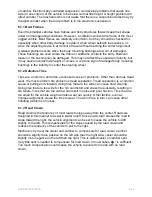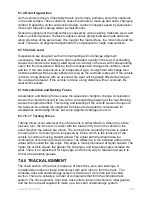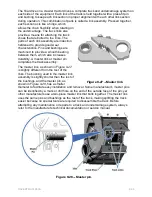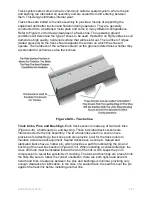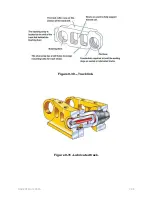
or camber. Electronically controlled suspension can develop problems that cause one
side (or one corner) of the vehicle to be below normal ride height. A height problem will
affect camber. The mechanic who is not aware that there is a suspension defect may try
to adjust camber when the real problem is in the electronic suspension.
6.1.1 Bent Frames
Even the smallest vehicles have frames and body structures that will keep their shape
under normal operating conditions. However, a collision can bend the frame of the most
rugged vehicle. Bent frames are relatively uncommon, but they should be checked for,
especially when other body damage is evident, when wheel setback is excessive, or
when the adjusting device is at its limit of travel without reaching the correct alignment.
A related problem occurs when the body mounting bushings are worn or damaged.
These bushings are used where the frame or subframe contacts the body. Bolts can
loosen or the bushing can be damaged. This may not affect the suspension directly, but
it may cause incorrect ride height or noises. A common sign of damaged body mounting
bushings is the inability to center the steering wheel.
6.1.2 Defective Tires
Tires are a common and often overlooked cause of problems. Other than obvious tread
wear, the most common tire problem is tread separation. Tread separation is a common
cause of pulling and vibration. Using tires that are too wide can cause hard steering.
Using tires that are too wide for the rim can distort and stress the sidewalls, resulting in
tire failure. Tires that are too narrow can result in noise and poor traction. Tires that are
too small for the vehicle weight will also wear out quickly. Other factors, such as
improper alignment, cause the tires to wear. The worn tires, in turn, can cause other
handling problems or noises.
6.1.3 Road Crown
Road crown is the tendency of most roads to slope away from the center. Roads are
designed in this manner to assist in water runoff. Since road crown causes the road to
slope toward the right, the vehicle alignment can be set to cause the vehicle to drift
slightly to the left. This compensates for the slope caused by the road crown and
reduces the tendency of the vehicle to pull to the right.
Mechanics try to set the caster and camber to compensate for road crown. Camber
should be slightly more positive on the left side than the right side; caster should be
slightly more negative on the left than the right. This is called caster or camber split.
Very little split is needed to compensate for road crown. In most cases,
�
° is sufficient.
Too much compensation could cause the vehicle to pull left on roads with no road
crown.
NAVEDTRA 14050A
9-34

